Your living room is the social hub of your home—a place where memories are made, conversations flow, and your personality shines. Whether you're starting from scratch or giving your current space a refresh, creating the perfect living room requires thoughtful planning, smart decisions, and a clear vision of how you want to live in it.
The beauty of designing a living room isn't just about how it looks but how it works for your daily routines and memorable moments. From quiet Sunday mornings with coffee and a book to lively gatherings with friends and family, your living room must be beautiful and functional.
What's Your Living Room's Role
Before you select one piece of furniture or choose paint colors, it's crucial to step back and deeply understand how your living room will be used. This insightful question will guide every decision that follows, ensuring your space looks good and functions perfectly for your needs.
Think about your typical day and week. Do you host dinner parties and game nights? Do you unwind after work with Netflix and takeout? Will children be playing here, or do you need a quiet space for reading and reflection? Your living room needs to multitask as a home office or exercise area.
Understanding these functional requirements early on prevents costly mistakes later. A family with young children might prioritize durable, stain-resistant fabrics and rounded corners, while empty nesters might focus on sophisticated entertaining spaces with conversation-friendly seating arrangements.
Master Space Planning
Good living room design starts with understanding your space—literally. Grab a measuring tape and document everything: room dimensions, window and door locations, ceiling height, and any permanent fixtures like fireplaces or built-in shelving.
Create a simple floor plan on paper or use free online room planning tools. This exercise reveals traffic patterns, identifies the best spots for major furniture pieces, and helps you avoid falling in love with a sofa that's too big for your space.
Pay attention to sight lines and natural light sources—position seating to take advantage of views and ensure clear and functional pathways. Remember, furniture placement affects how spacious your room feels—pulling pieces away from walls can make a room look bigger.
Define Your Design Direction
Your living room should be a reflection of your unique personality and the style of your home. Take the time to explore what styles resonate with you, and don't feel pressured to fit into one category perfectly. Browse design magazines, social media, and showrooms to gather ideas. Notice patterns in what catches your eye—do you lean towards clean lines and minimal color palettes or layered textures and bold patterns? Do you prefer the warmth of traditional wood furniture, or does sleek metal and glass feel more like you? This exploration will inspire your design direction and give you the confidence to create a space that feels like home.
Create a collection of inspirational images, paying attention to color combinations, furniture styles, and decorative elements that resonate with you. This visual reference will be invaluable when purchasing decisions and ensuring cohesion throughout your space.
Start with Key Pieces
Begin your living room design with the most significant pieces. Your sofa is the anchor of the space, so choose wisely. Consider not just style and color but also scale, comfort level, and durability.
A good sofa is an investment that will last for years, so prioritize construction quality and timeless design over trendy details that will date quickly. Test furniture in person when possible—sitting on a sofa for two minutes in a showroom can save you from years of discomfort at home.
Next, consider your media console, coffee table, and primary lighting fixtures. These foundation pieces set the tone and scale for everything else in the room. Choose pieces that work together without being too matchy-matchy—variety in materials, heights, and shapes creates visual interest.
Create Colour Harmony
Color has the power to transform both the mood and perceived size of your living room. Start with a base palette of two to three primary colors, then add accent colors sparingly for personality and visual interest.
Neutral bases—whites, grays, beiges, and soft earth tones—provide timeless flexibility and make it easy to update your look with new accessories over time. If you want more drama, consider using bolder colors on a single accent wall or through major furniture pieces like a jewel-toned sofa.
Think about how colors work together throughout your space. Your wall color should complement your flooring, and your furniture choices should harmonize. Remember that lighting affects how colors appear, so test paint samples and fabric swatches in your actual space at different times of day.
Layer Lighting
Great lighting can make or break a living room's atmosphere. Use multiple light sources rather than one overhead fixture to create depth, warmth, and flexibility. Combine ambient lighting (general room lighting), task lighting (for reading or specific activities), and accent lighting (to highlight artwork or architectural features). Table lamps, floor lamps, wall sconces, and candles all contribute to a well-lit space that can adapt to different moods and activities.
Think carefully about the height and placement of light sources. A mix of lighting at different levels—overhead, eye level, and lower accent lighting—creates the most flattering and functional space. Dimmer switches add another control layer so you can adjust brightness throughout the day.
Choose the Right Rug for Your Space
An area rug grounds your seating arrangement and defines the living space, especially in open-concept homes. Size matters here—a too-small rug can make your entire room feel disjointed and awkward.
The general rule is that your rug should be large enough for at least the front legs of all major furniture pieces to rest on it. In smaller spaces, all furniture legs can sit on the rug. In larger rooms, you may have all legs off the rug, but the carpet should still feel proportionate to your seating area.
Beyond size, consider texture, pattern, and durability. A subtle pattern or texture rug can add visual interest to a neutral room, while a solid-colored rug provides a calm base for patterned furniture and accessories.
Storage Without Sacrificing Style
Living rooms accumulate everything from remote controls and magazines to children's toys and throw blankets. Plan for this reality by incorporating storage solutions that maintain your room's aesthetic.
Coffee tables with hidden storage, media consoles with ample cabinet space, and attractive baskets or bins can keep clutter at bay. Floating shelves provide display space for books and decorative objects while keeping the floor open and uncluttered.
While more expensive, built-in storage solutions offer the cleanest look and can be customized to your exact needs and style preferences. Even simple additions like a decorative tray on your coffee table can help contain and organize smaller items.
Add Personality Through Texture and Pattern
A successful living room engages multiple senses, and texture plays a significant role in creating an inviting and comfortable space. Layer different materials and finishes to add depth and interest.
Combine smooth and rough textures—pair a sleek leather sofa with a chunky knit throw or balance glossy ceramic accessories with natural wood surfaces. Vary the scale of patterns throughout the room, mixing larger prints with smaller ones and solid colors. Pillows, throws, curtains, and upholstery offer opportunities to add pattern and texture without significant commitment or expense. These can be easily updated as your tastes evolve or seasons change.
Style Your Surfaces with Intention
Coffee tables, side tables, bookshelves, and mantels provide opportunities to show your personality and add finishing touches to your room. The key is editing—choose fewer, more meaningful pieces rather than filling every surface.
Group decorative objects in odd numbers, vary in height for visual rhythm and include a mix of materials and shapes. Personal items like family photos, travel souvenirs, or inherited pieces make your space feel lived.
Don't forget about negative space—leaving some surfaces partially empty gives the eye somewhere to rest and prevents your room from feeling cluttered or overwhelming.
Bring Life to Your Space
Plants add instant life to any living room, improve air quality, and connect your indoor space to nature. Choose plants that match your lighting conditions and maintenance requirements.
Large floor plants like fiddle-leaf figs or rubber trees make a statement in corners or beside furniture. Smaller plants on shelves, side tables, or hanging from the ceiling add layers of green throughout the room.
If maintaining live plants feels overwhelming, high-quality artificial options have come a long way and can provide the visual impact of greenery without the care requirements.
Final Touches That Make a Difference
The perfect living room is all about the details. Window treatments soften hard lines and provide privacy while contributing to your color scheme. Artwork and mirrors add personality and can balance the room's proportions.
Consider the room's acoustics—hard surfaces create echo while soft furnishings absorb sound. A good balance means your space is comfortable for conversation.
Finally, remember perfection is less important than creating a space that feels yours. The most beautiful living rooms reflect the people who live in them, incorporating favorite items alongside new purchases to create a space that tells your story.
Your living room should evolve with your life, so design with flexibility. Choose quality pieces that will stand the test of time, but don't be afraid to refresh accessories and rearrange furniture as your needs and tastes change. The perfect living room isn't a destination—it's a journey of creating a space that supports and celebrates your daily life.


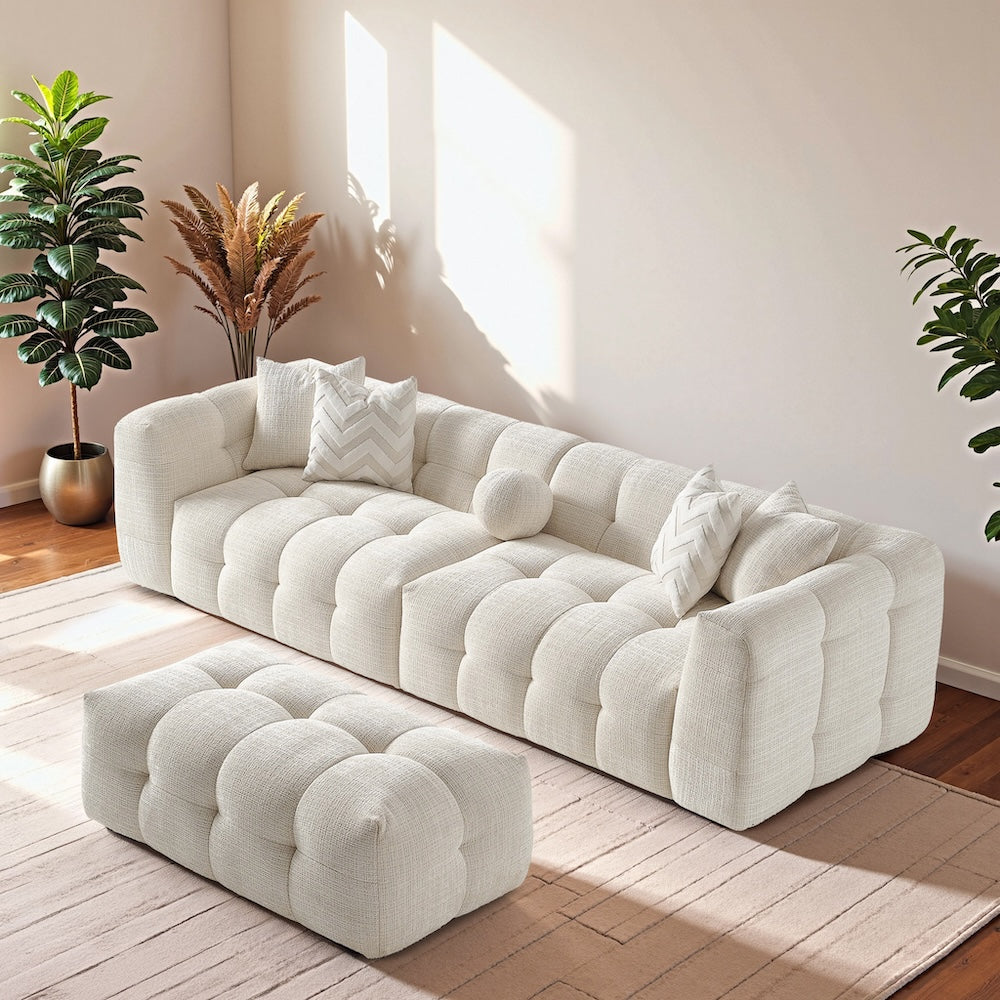





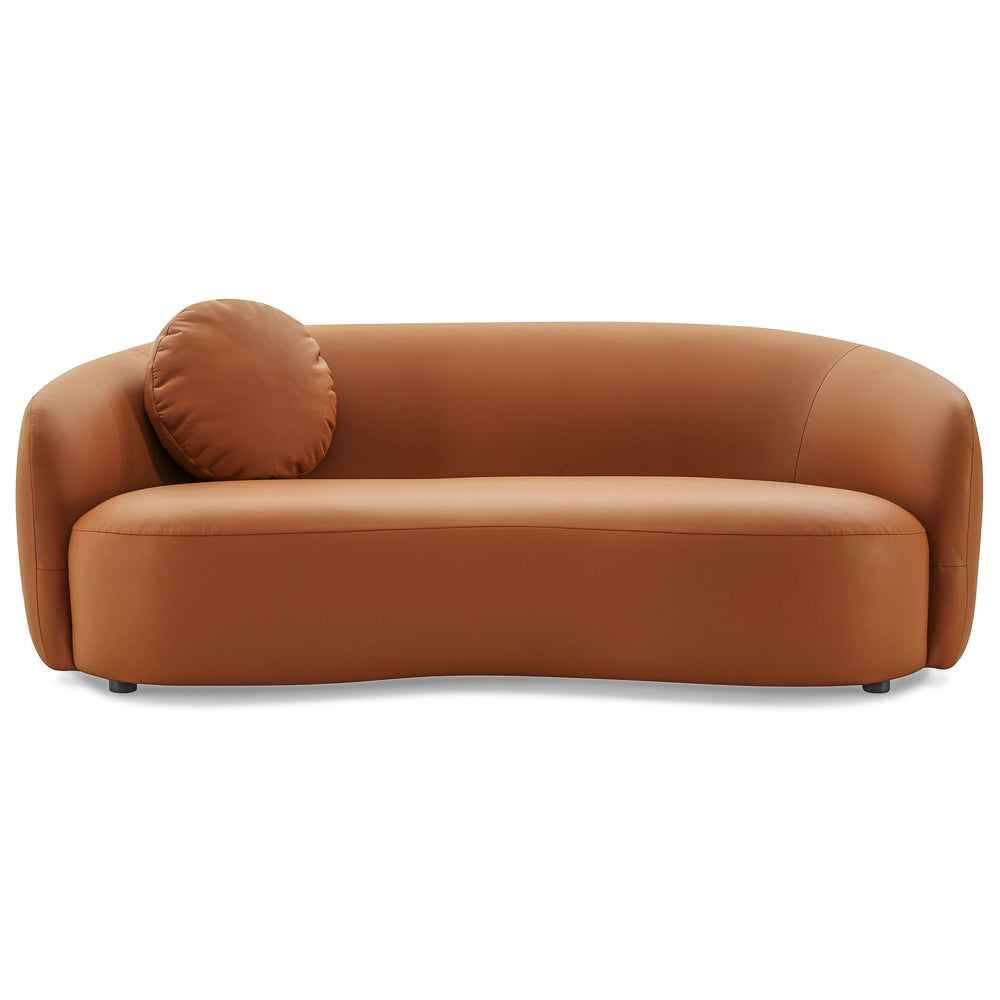
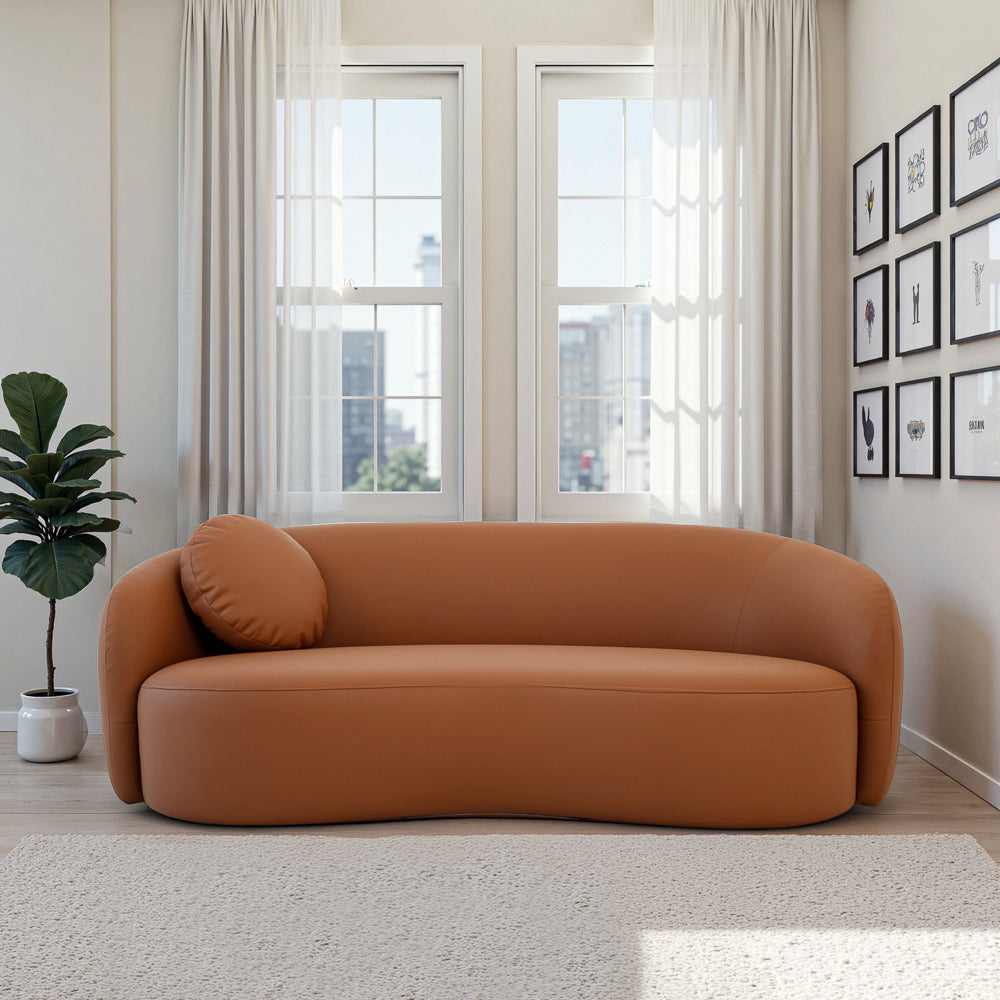
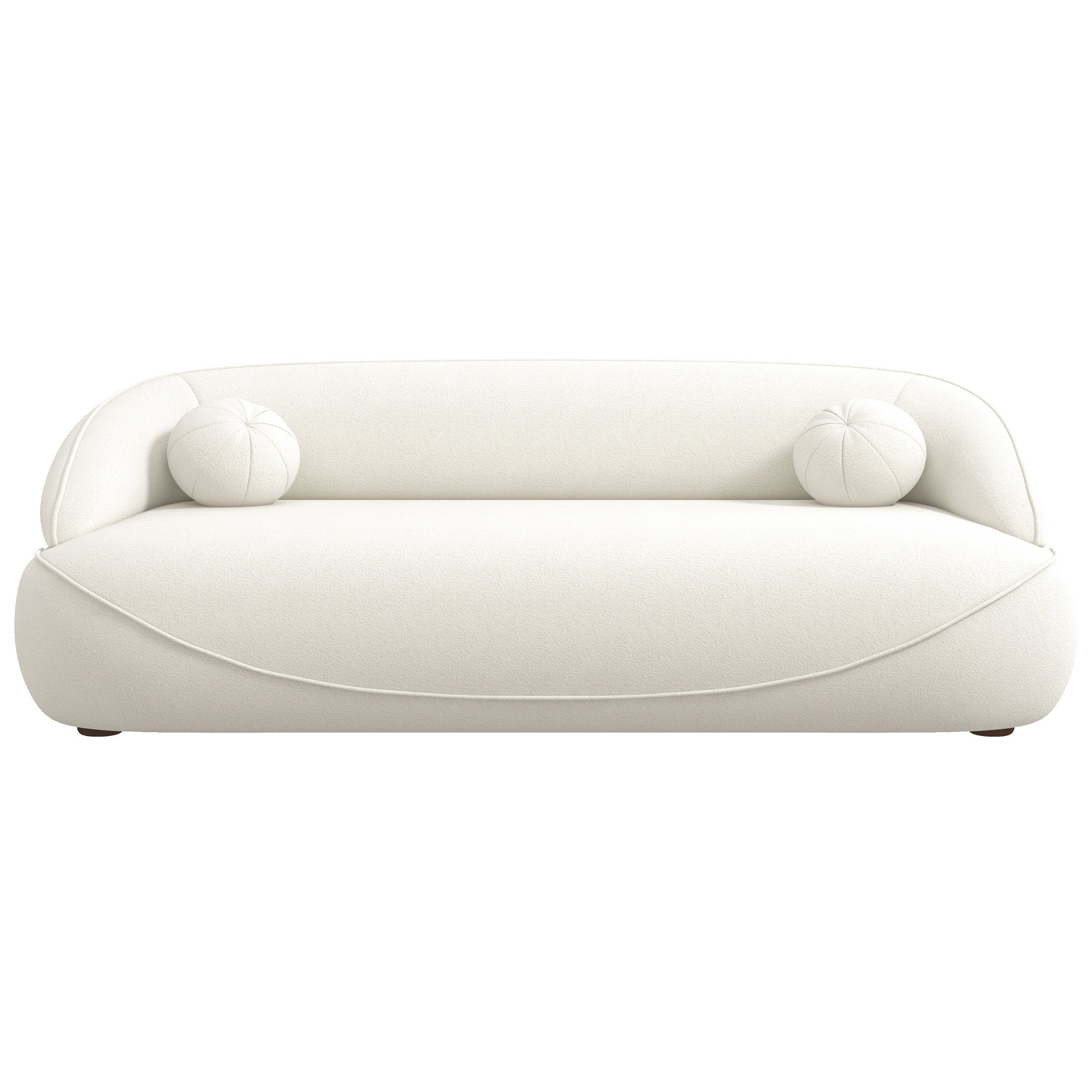
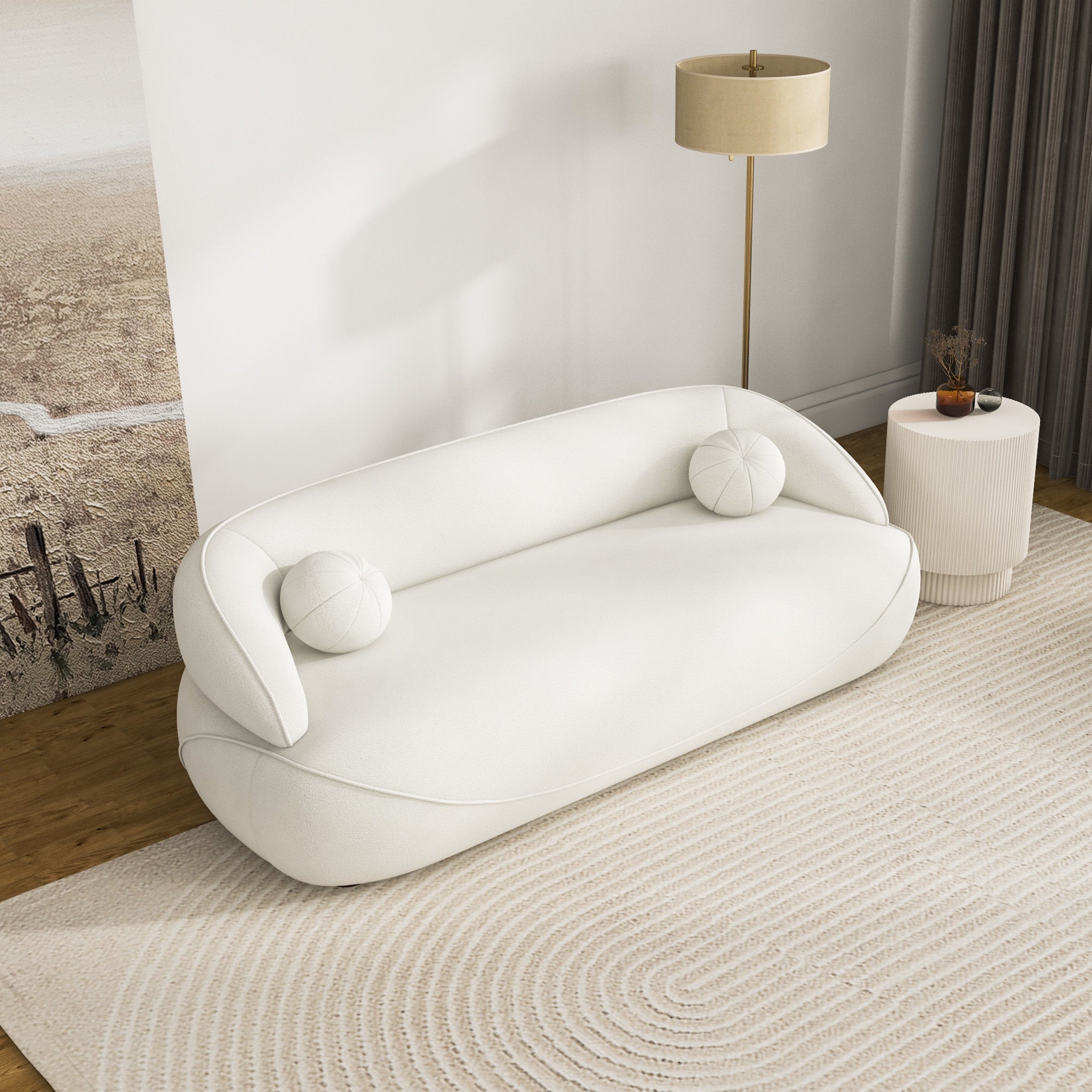

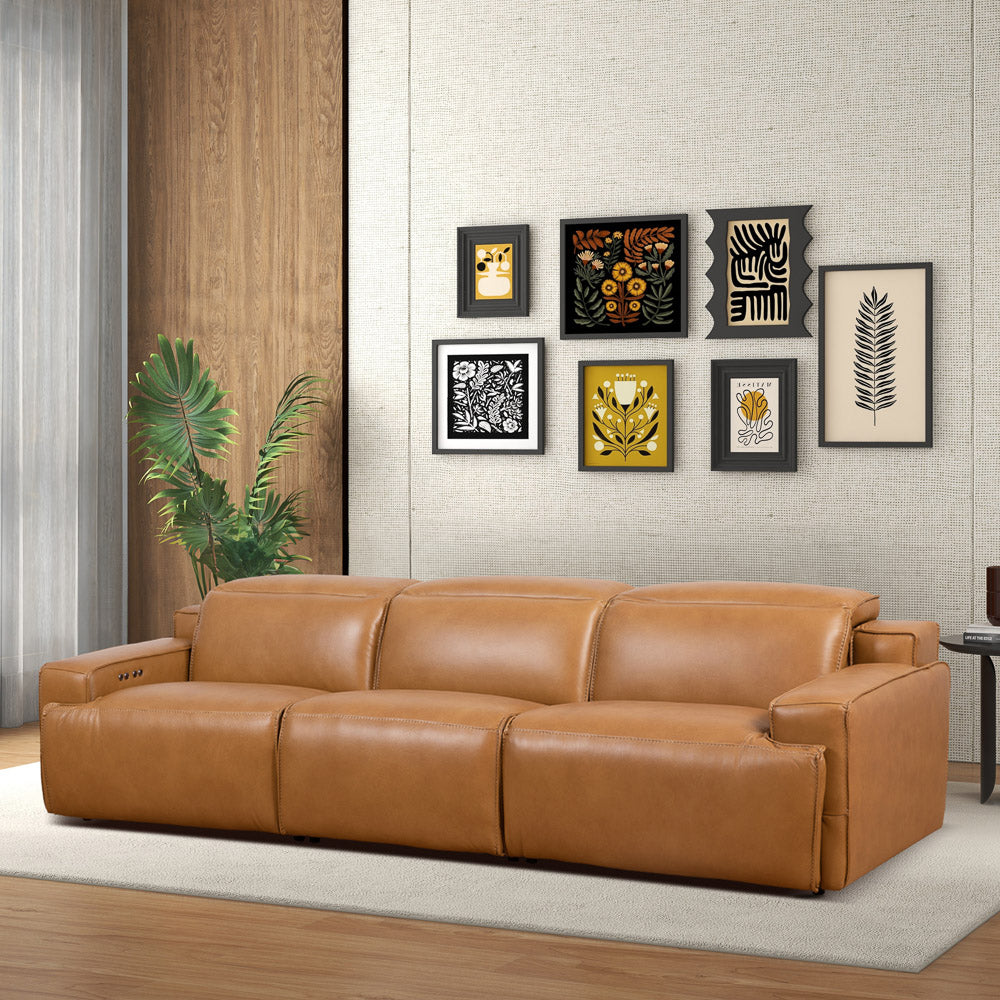
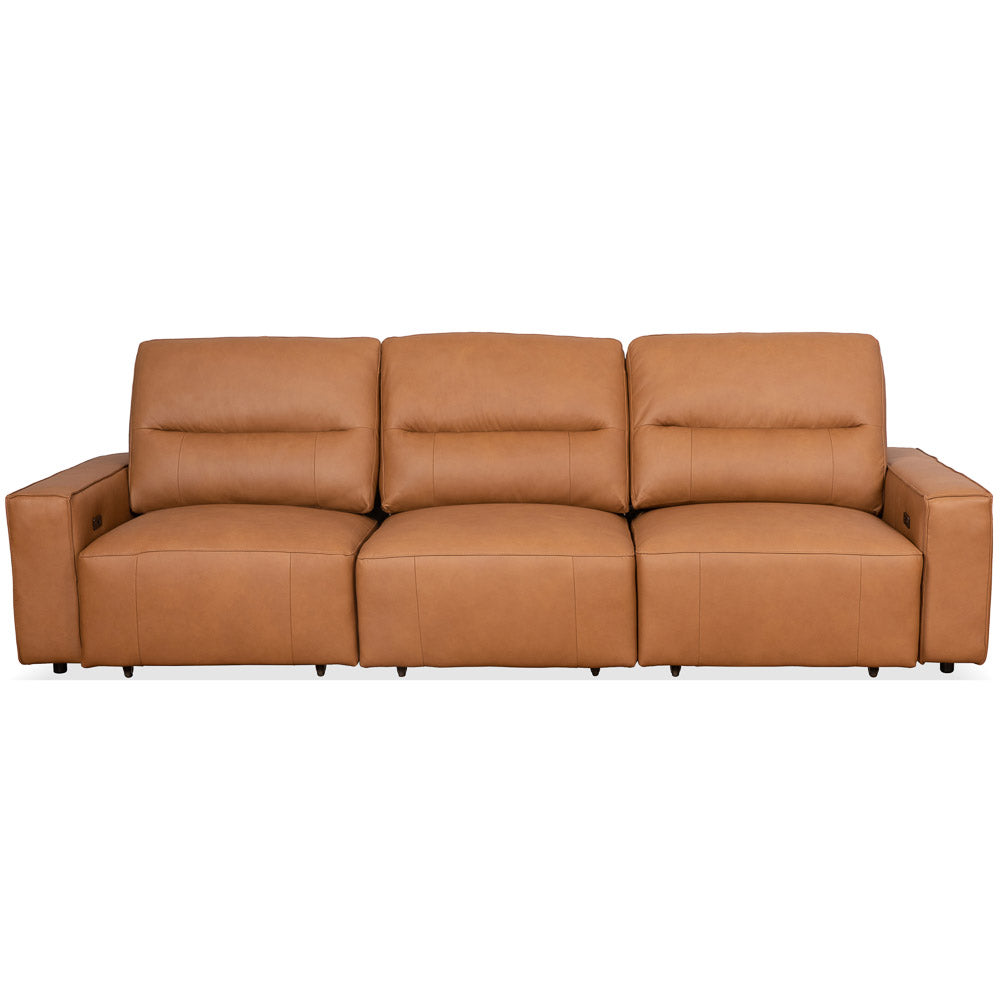



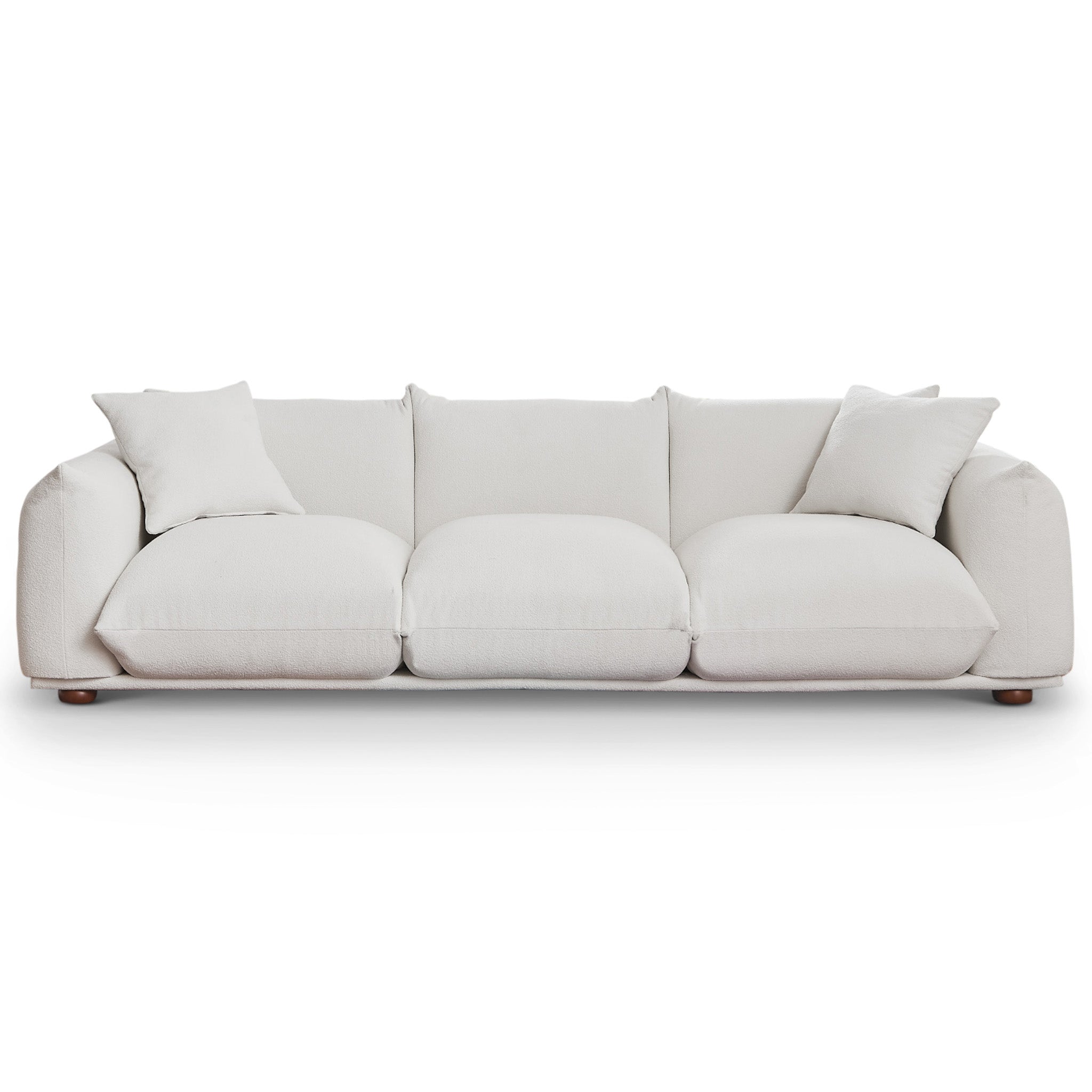
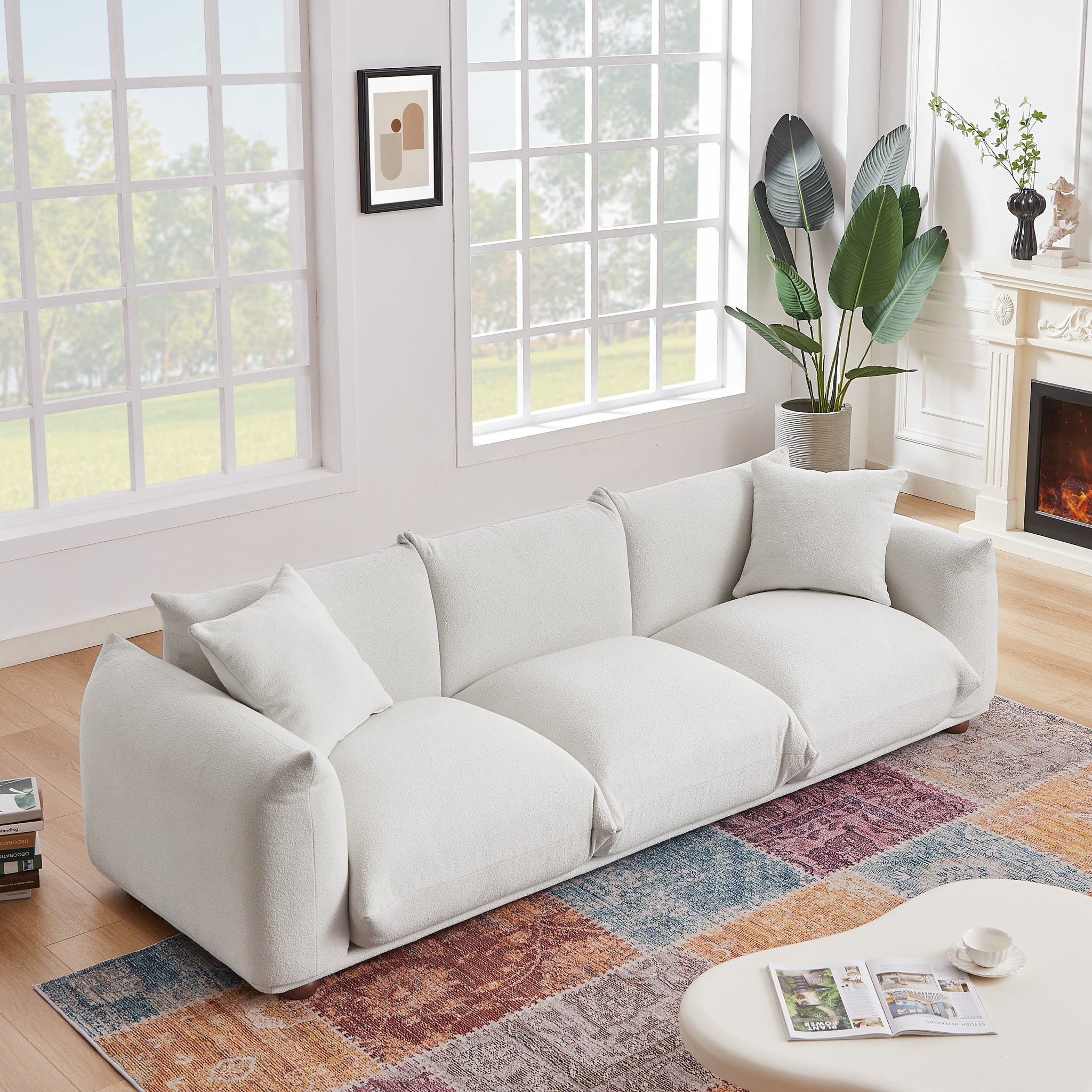

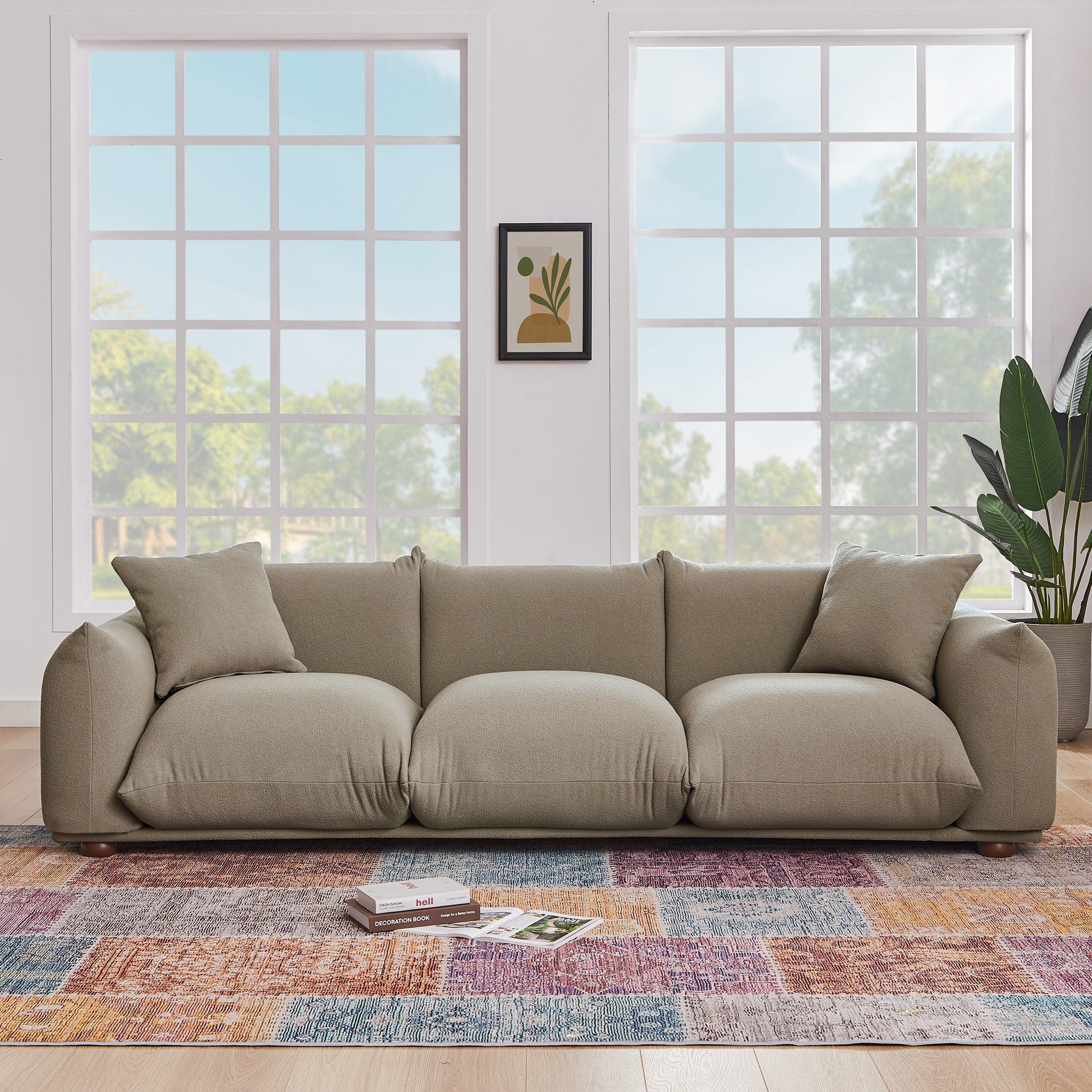
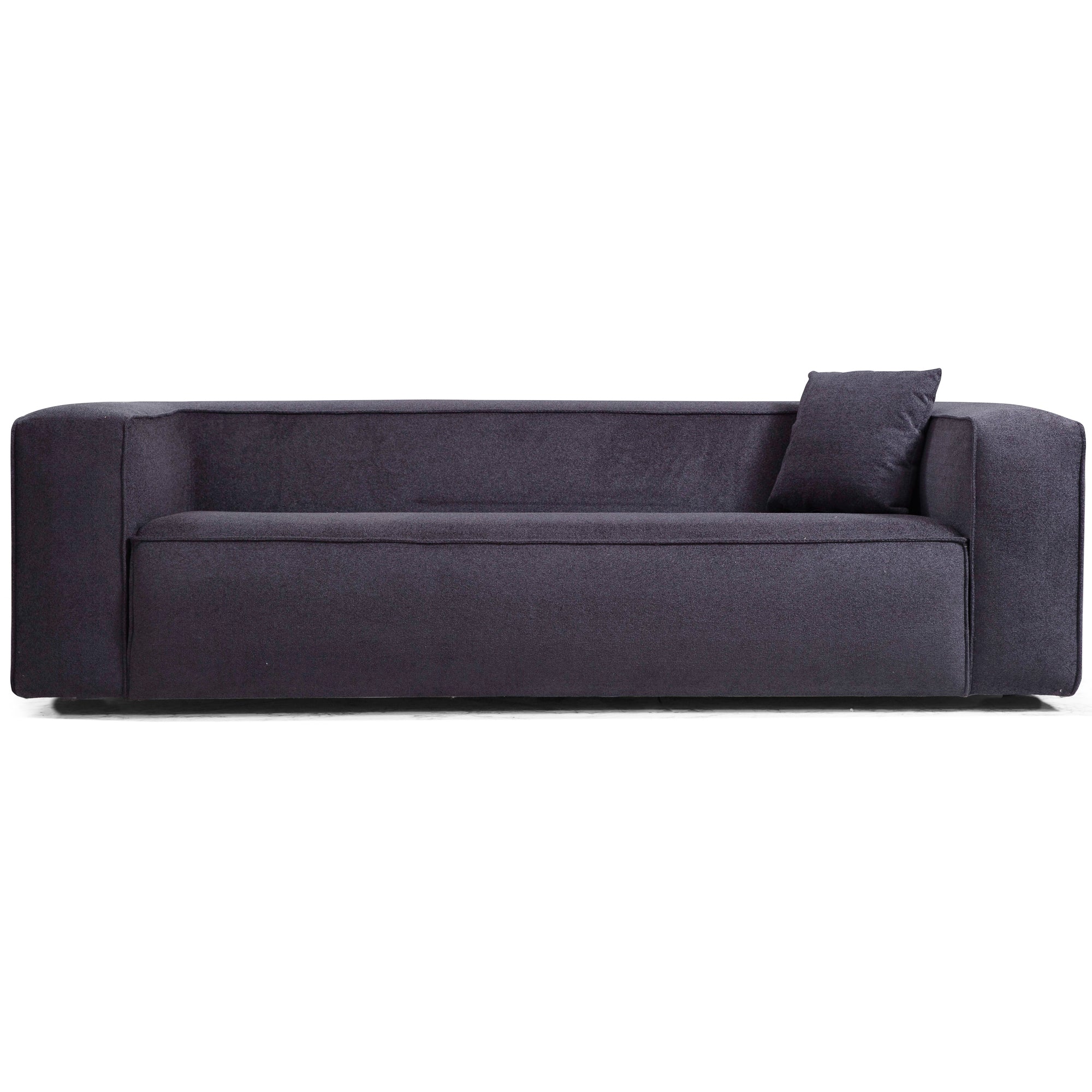
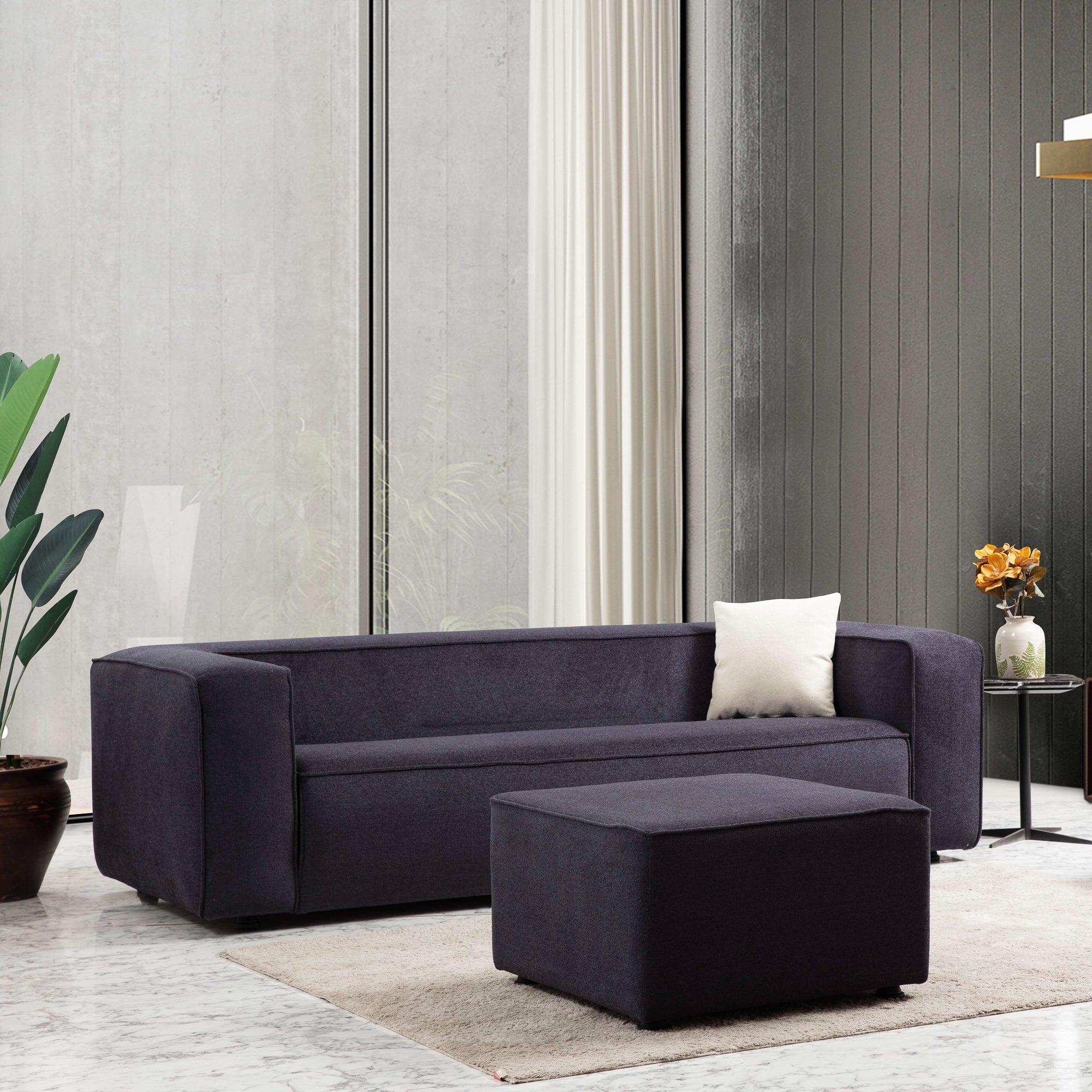
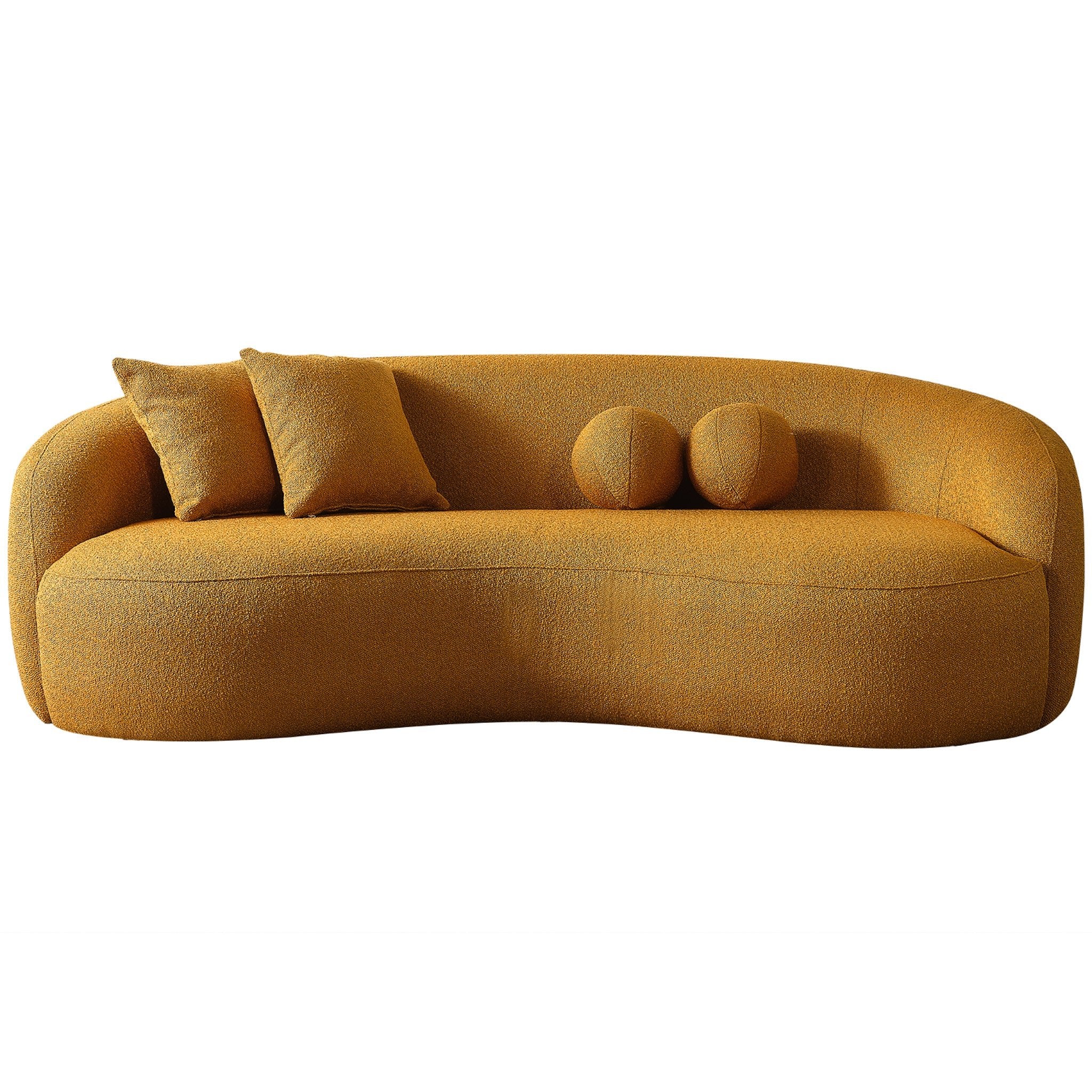





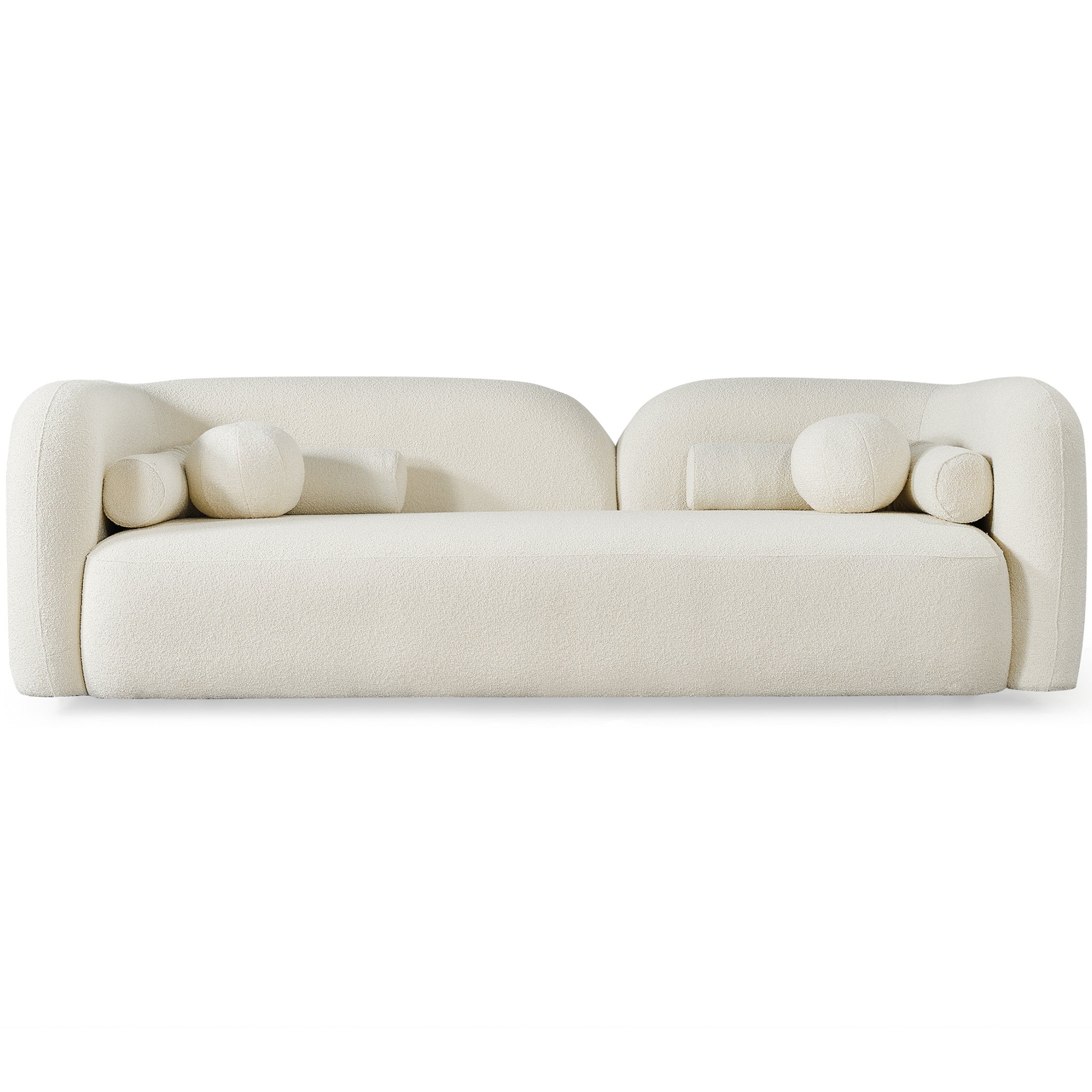
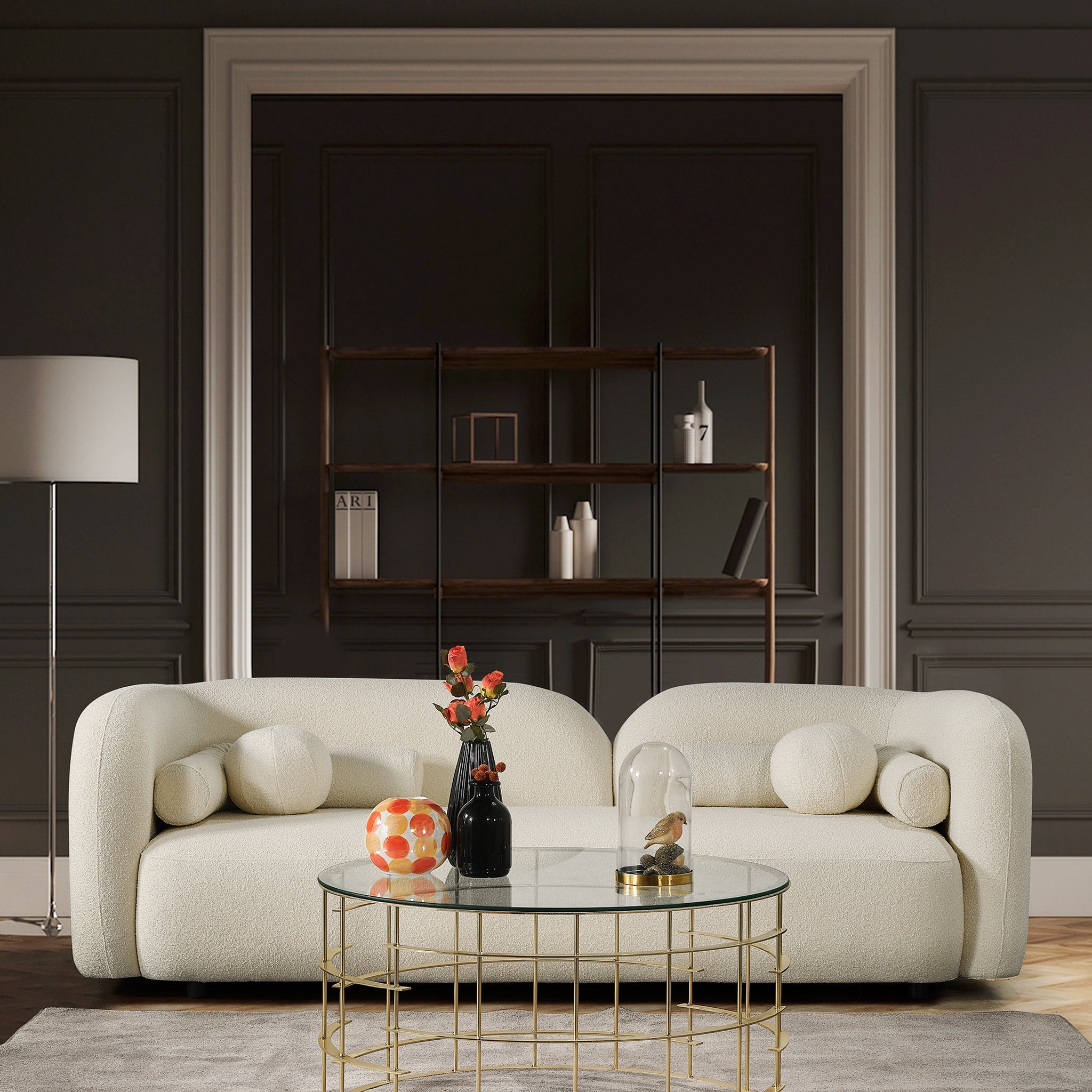
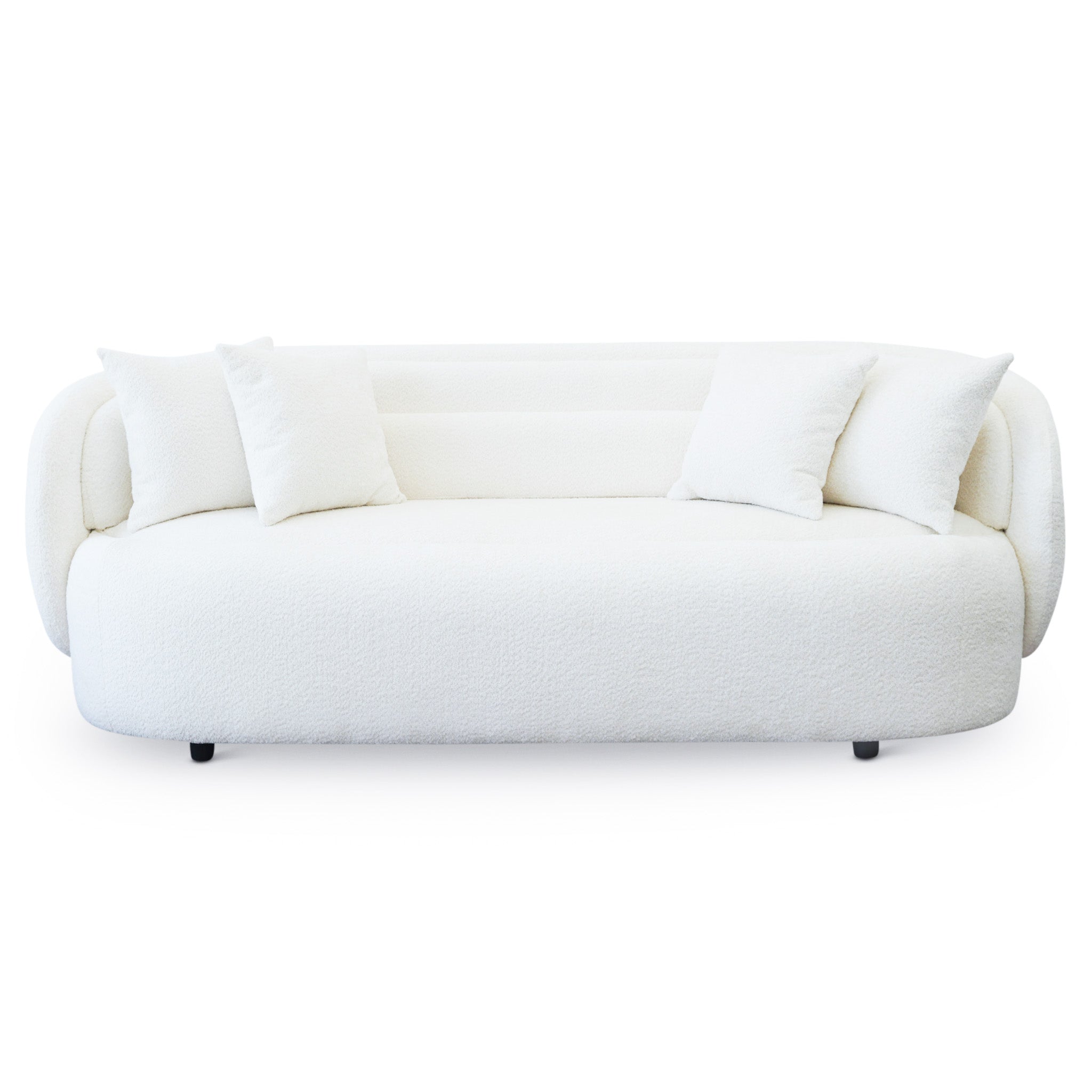

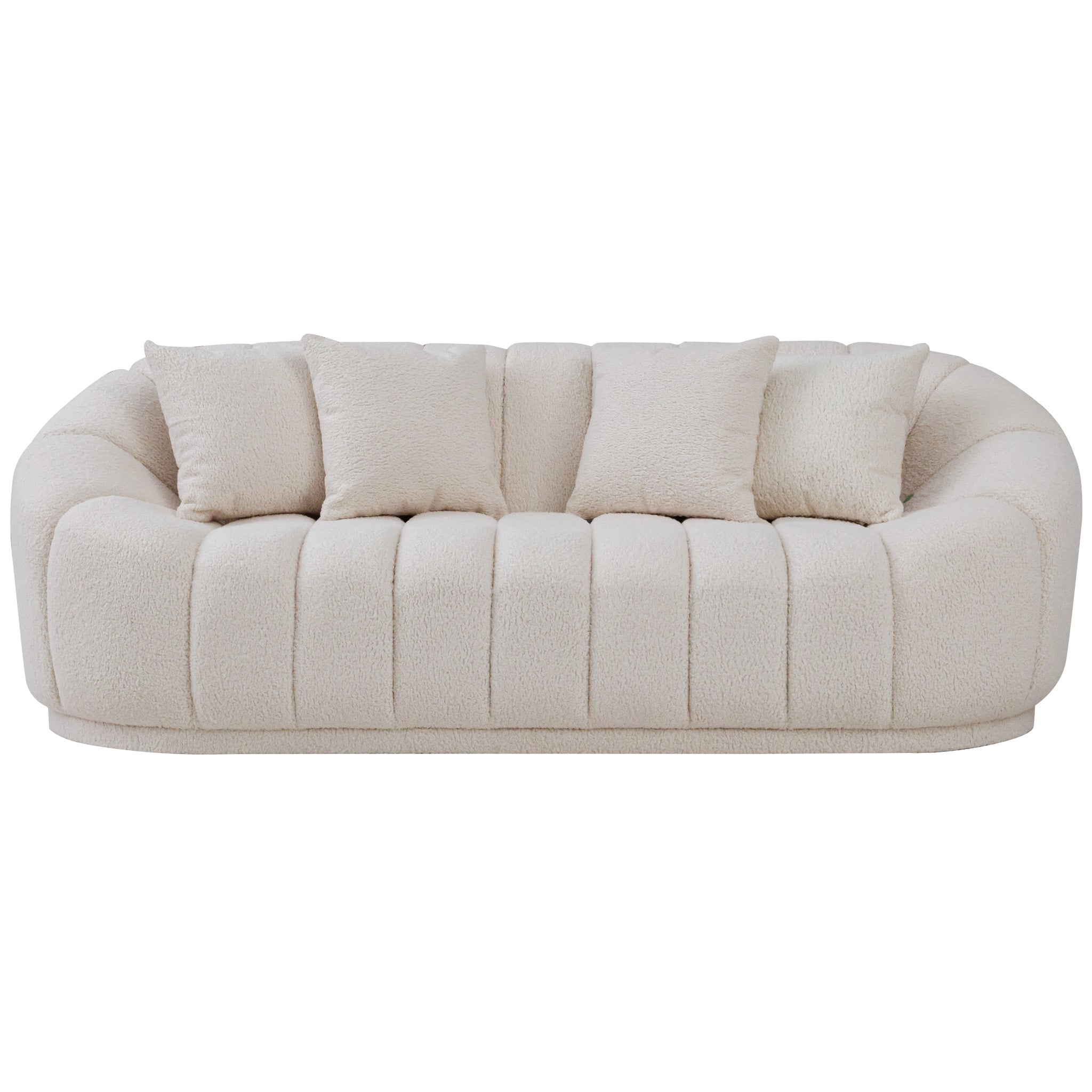


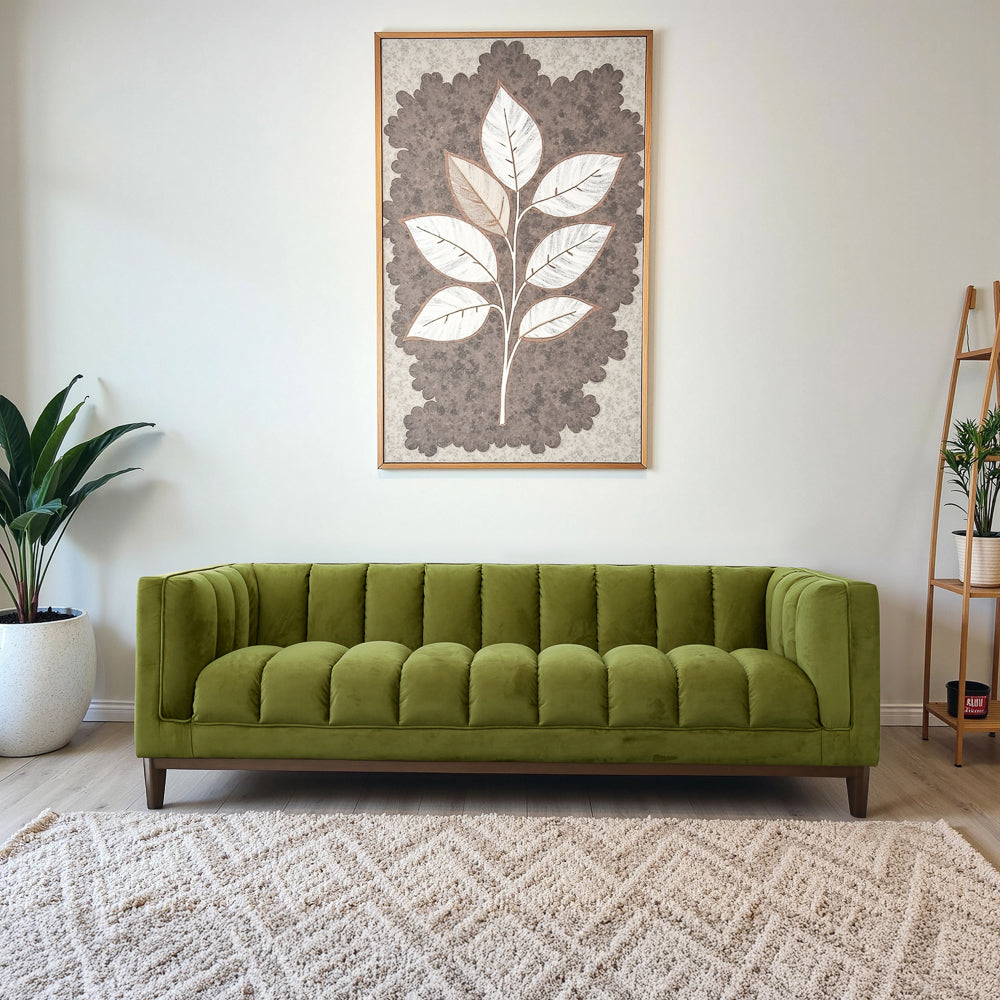

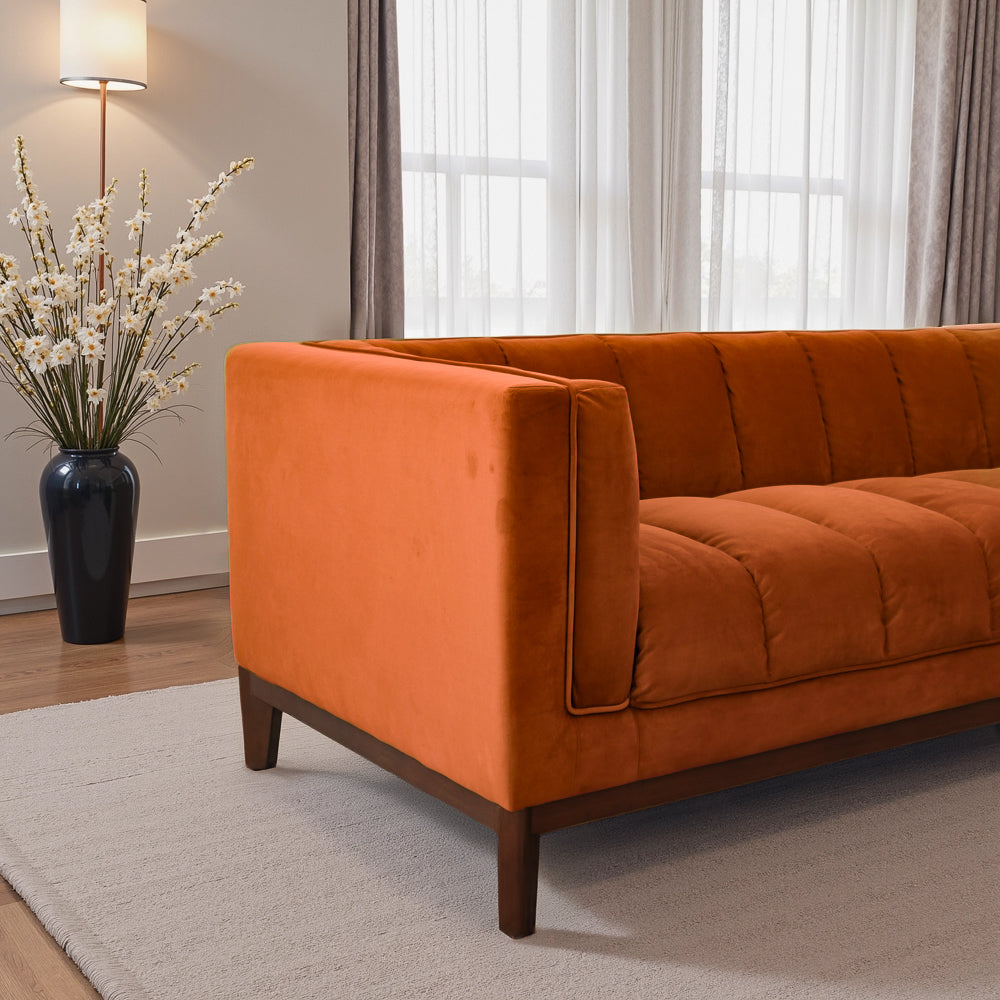

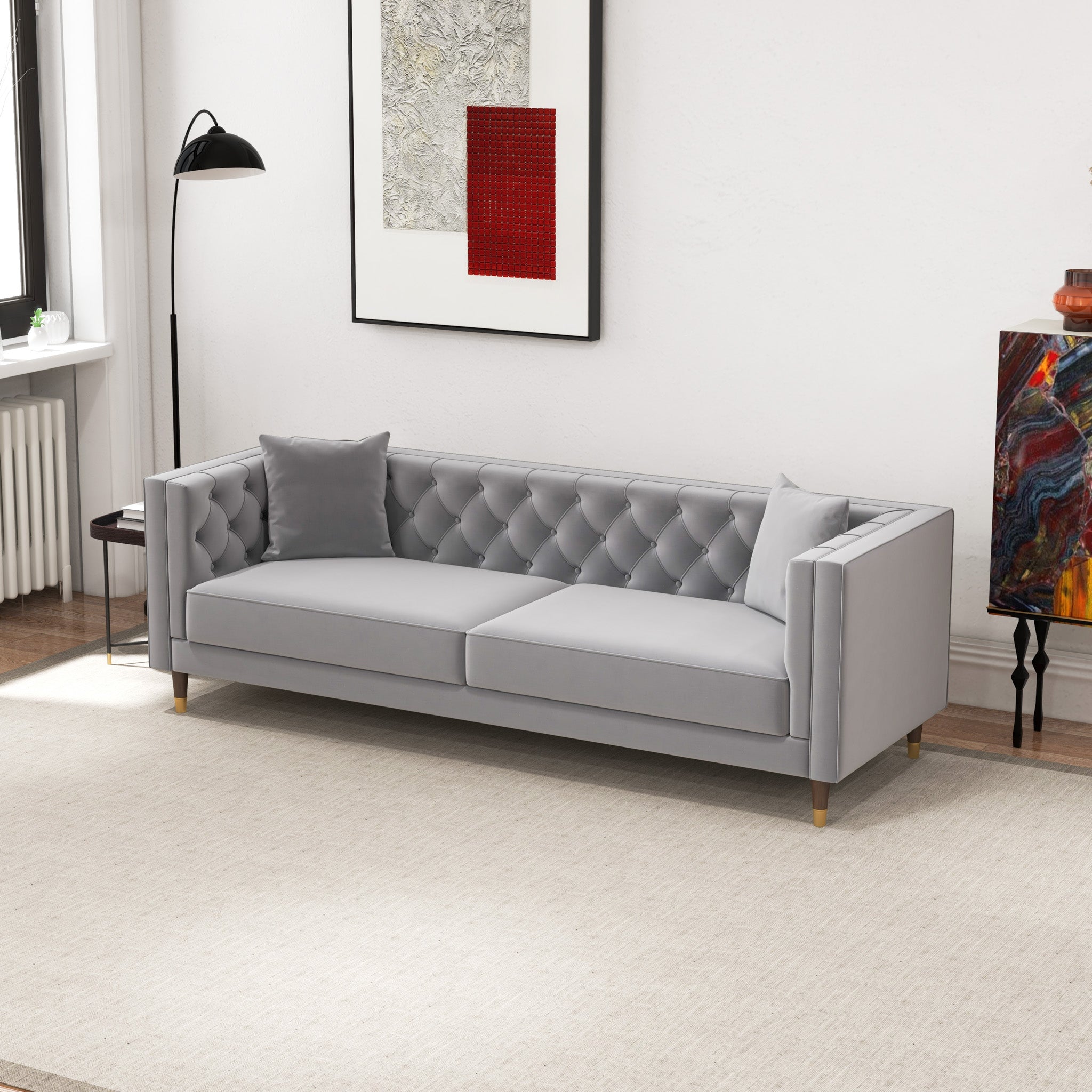

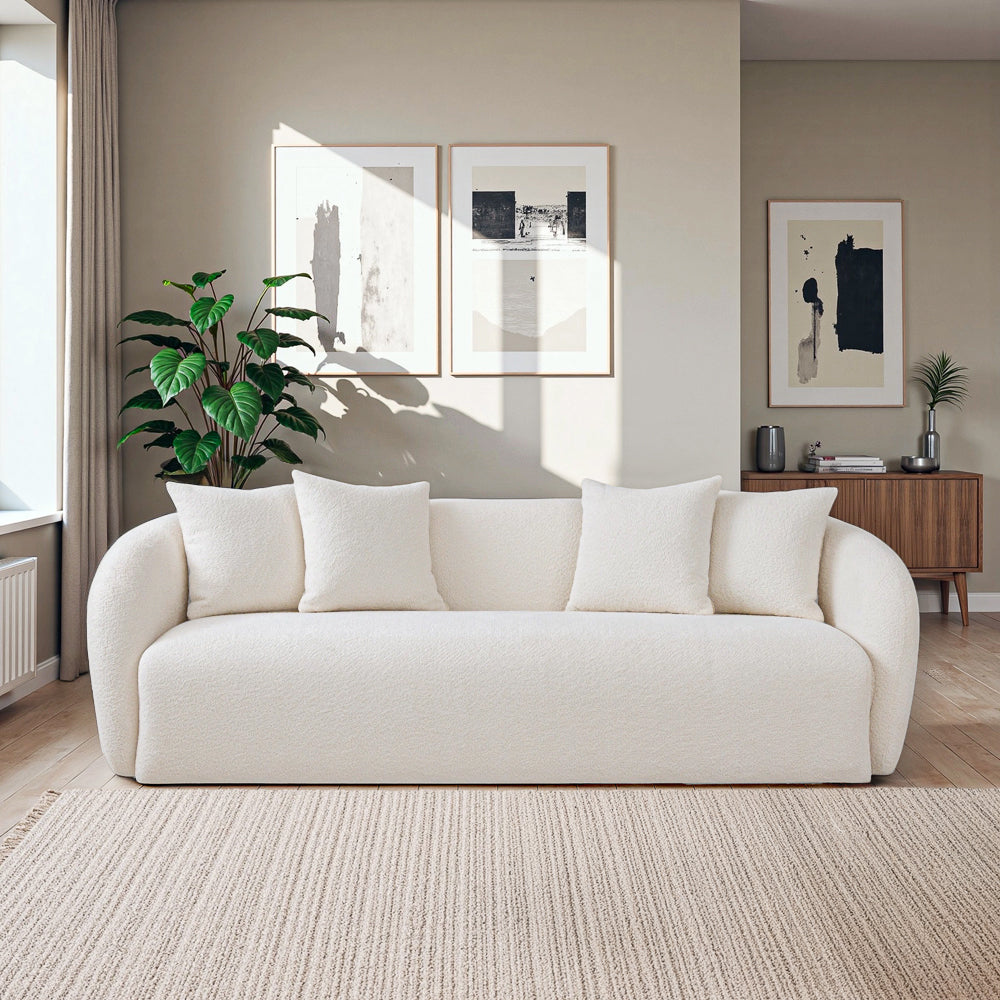
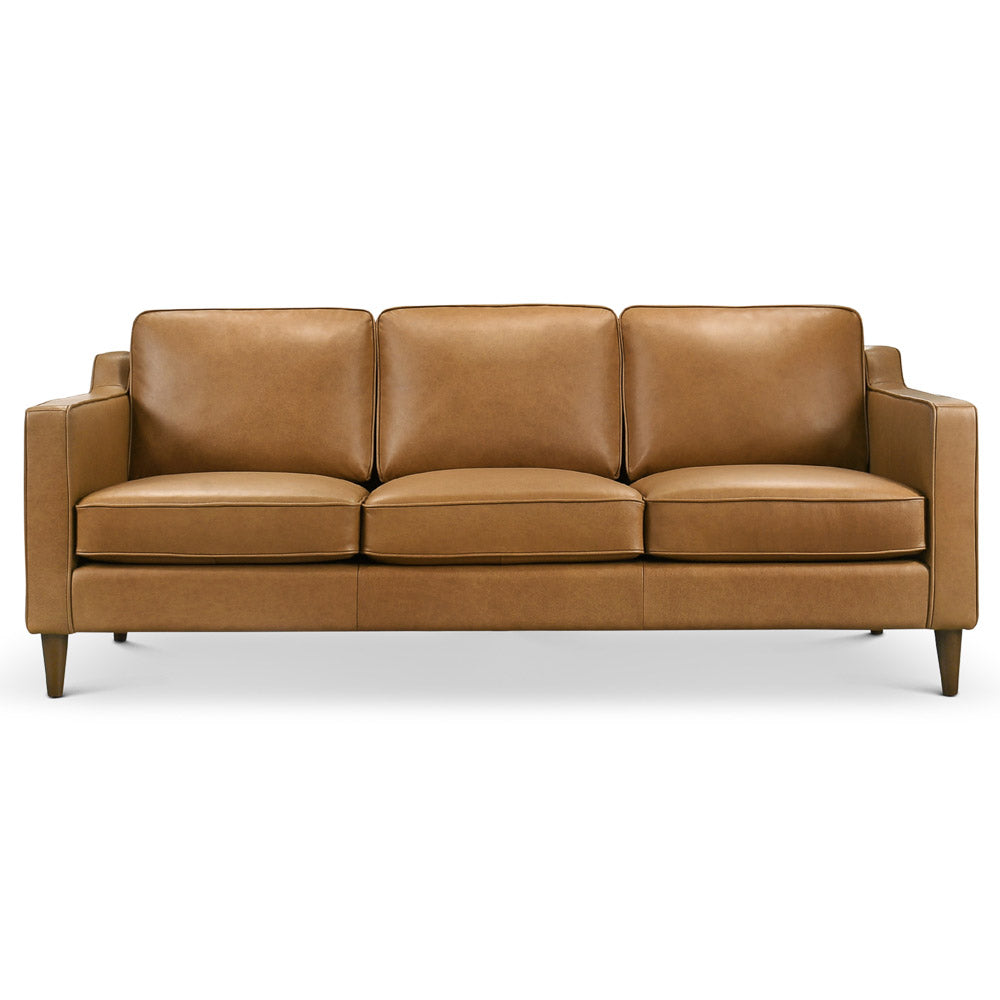
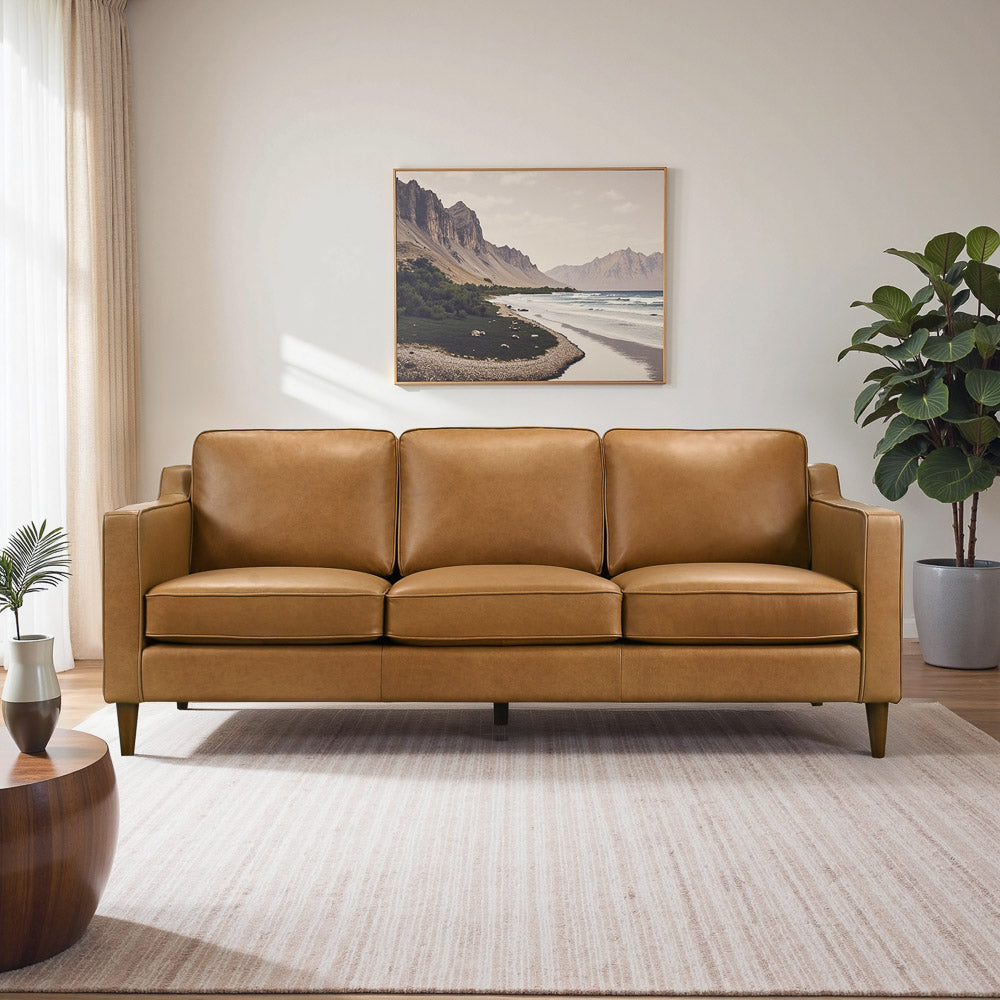
Leave a comment
This site is protected by hCaptcha and the hCaptcha Privacy Policy and Terms of Service apply.